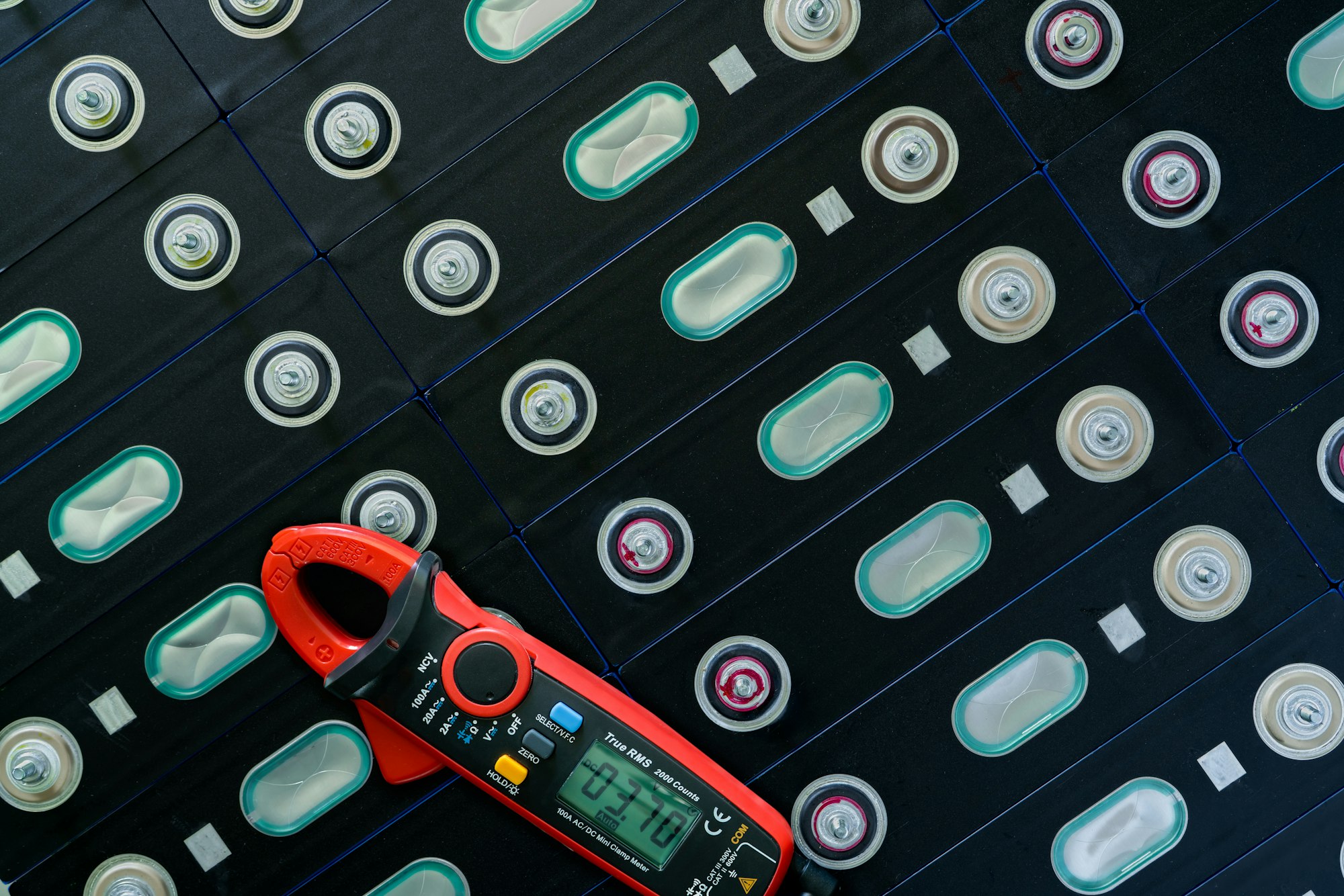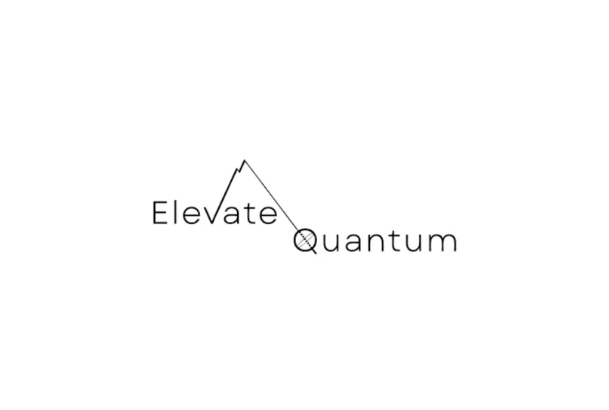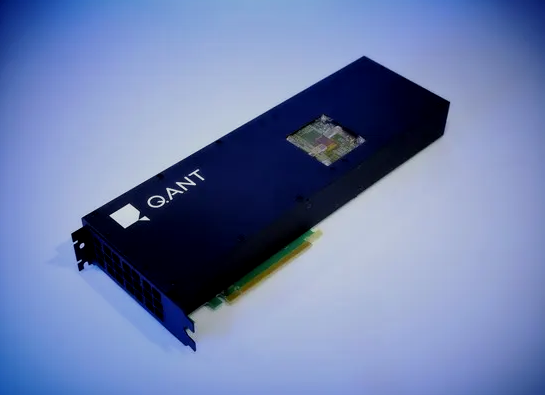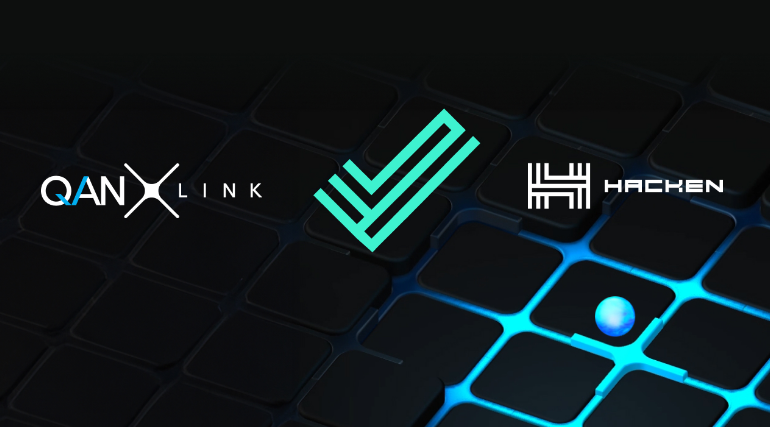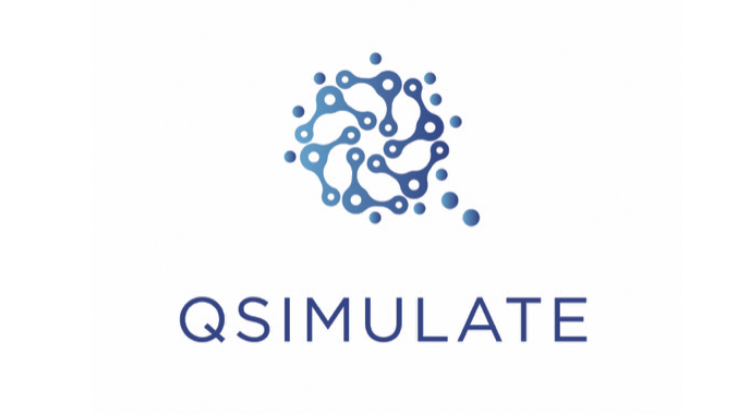Insider Brief
- A white paper by SandboxAQ and EY highlights the transformative potential of AI and quantum-inspired technologies in accelerating materials discovery, traditionally a slow and costly process.
- AI-driven simulations, combined with quantum mechanics, are enabling faster and more accurate predictions of material behavior, reducing the need for expensive lab experiments.
- Quantum-inspired tools are democratizing materials research, allowing smaller companies to compete in innovation and address challenges like battery degradation, energy storage, and sustainable development.
In the complex world of chemicals and materials research, innovation is rarely swift or certain. Discoveries that seem promising in the lab often take decades to reach commercial viability, hindered by long R&D cycles and costly experimentation. However, according to a new white paper by SandboxAQ and EY, artificial intelligence (AI) and quantum-inspired technologies are beginning to take shape to transform this industry, speeding up material discovery processes that were previously expensive and time-consuming.
While these advances span a broad spectrum of industries, the EY and SandboxAQ researchers say the intersection of AI and quantum computing holds particularly promising potential for the future of materials science.
The Materials Discovery Bottleneck
Historically, a few major corporations and academic institutions with the resources to conduct extensive research and development (R&D) have dominated materials discovery. These large-scale efforts required significant financial investment and access to high-end computational power. However, despite their considerable efforts, the process has long been slow and inefficient. The primary reason for this is because predicting material behavior at the atomic level involves vast amounts of data and simulations, requiring sophisticated algorithms and computation.

Quantum mechanics provides a theoretical framework to understand these behaviors, but the sheer computational power needed to simulate complex systems accurately has been a bottleneck. As covered in a white paper, this challenge, known as the “materials informatics problem,” involves the difficulty of modeling and predicting properties of new materials given their complex molecular structures and interactions.
The traditional approach, based largely on trial and error, is becoming unsustainable in a rapidly evolving marketplace that demands faster innovation. This is where AI and quantum computing enter the picture, offering new paths to address the computational and logistical challenges that have hindered materials science.
AI-Driven Simulation Meets Quantum
While AI alone can significantly reduce the time needed to discover new materials, combining it with quantum-inspired simulations is likely a game-changer for industries looking to stay competitive, according to the EY and SandboxAQ team. AI-driven simulation techniques allow for in silico (virtual) testing, which bypasses the need for costly and lengthy lab-based experiments. These simulations leverage AI models trained on extensive datasets to predict the behavior of new materials, improving both the accuracy and efficiency of the process.
Quantum computing, while still in its early stages of development, adds an additional layer of precision. According to the white paper, quantum mechanical simulations can mimic the behavior of quantum systems, such as molecules and materials, at the subatomic level. These simulations are not purely theoretical; they offer tangible business benefits by improving the predictive power of AI models. This hybrid approach combines the strengths of AI and quantum computing, allowing companies to fast-track materials discovery in ways that were previously unimaginable.
For instance, SandboxAQ’s platform integrates quantum chemistry toolkits with AI computation to simulate molecular dynamics. The company refers to Large Quantitative Models (LQMs) that generate their own training data in a virtual environment. The system incorporates physics-based guidance into its AI systems.
The result is faster and more cost-effective materials discovery processes that can be conducted in-house, making these innovations accessible to companies of all sizes. By democratizing access to these advanced tools, smaller players can now compete in an arena once dominated by a few large multinationals.
Addressing Real-World Problems
A compelling example for this quantum-inspired simulation in action comes from the field of battery research. The development of new materials for energy storage, particularly for lithium-ion batteries, has been a challenge, mainly due to the slow and costly nature of traditional R&D. However, AI-driven simulations, powered by quantum mechanics, are accelerating this process.
In collaboration with NVIDIA, the team reports that SandboxAQ is leveraging quantum mechanical principles to simulate molecular behavior for use in energy and battery research. These simulations allow researchers to predict the physical and chemical properties of materials, such as those used in solid oxide fuel cells (SOFCs) or lithium-ion batteries, without the need for the initial time-consuming physical experiments.
According to the white paper, one specific challenge SandboxAQ tackled was predicting battery degradation, a critical factor in improving the lifespan and performance of energy storage systems. Using a Graph Neural Network (GNN) integrated with time-series data from thousands of commercial battery cells, the company was able to accurately predict battery performance degradation. This kind of insight allows for more efficient materials testing, which can lead to better-performing, longer-lasting batteries.
The Role of Quantum-Inspired Tools in Scaling Innovation
Quantum computing and AI are not just accelerating material discovery; they are also changing how businesses operate by facilitating in-house research that was once only possible through costly outsourcing to specialized labs. As explained in the white paper, one of the primary benefits of these new technologies is that they allow companies to conduct simulations at scale. This means that even small to mid-sized enterprises can engage in cutting-edge materials research without needing to invest in high-end laboratories or R&D facilities.
SandboxAQ’s AI-driven platform is particularly well-suited for this purpose, according to the team. By using quantum-inspired techniques such as tensor networks and quantum chemistry toolkits, the platform allows companies to model and simulate material behavior at a fraction of the cost and time of traditional methods. The platform can process vast datasets, predict new material compositions, and assess their viability across a range of industries, from automotive to clean energy.
The integration of quantum mechanics into AI simulation also enables researchers to explore previously inaccessible areas of chemical space. As the white paper notes, AI-driven models can quickly analyze the behavior of materials down to the quantum mechanical level, unlocking new possibilities for innovation. For instance, SandboxAQ’s simulations of molecular dynamics have led to the discovery of promising new catalysts and materials for clean energy applications.
A Future Driven by AI and Quantum Technologies
Here’s one of the main themes that emerges from the white paper: Companies should be open to exploring this combined power of AI and quantum computing. The technology isn’t robust right now, but early adoption could position companies to lead the next era of innovation in materials science. By combining AI’s predictive capabilities with the precision of quantum mechanical simulations, enterprises can not only speed up their R&D processes one day, but also create more sustainable, efficient, and cost-effective solutions.
For businesses looking to stay competitive in a world that increasingly demands faster innovation cycles, adopting AI and quantum-inspired tools is becoming less of a luxury and more of a necessity.
This boost to innovation and R&D might very well be just the beginning. The potential benefits extend beyond just cost savings and faster time-to-market. As the white paper emphasizes, the use of AI and quantum computing in materials discovery can help companies address critical challenges such as raw material scarcity, environmental sustainability and compliance with evolving regulations.
The EY-SandboxAQ team includes Dr. Kristin Milchanowski Gilkes, Global Innovation Quantum Leader, EY: and Dr. Ang Xiao, AI for Chemistry Lead and Dr. Adam Lewis, AI and Quantum Lead, both of SandboxAQ.

